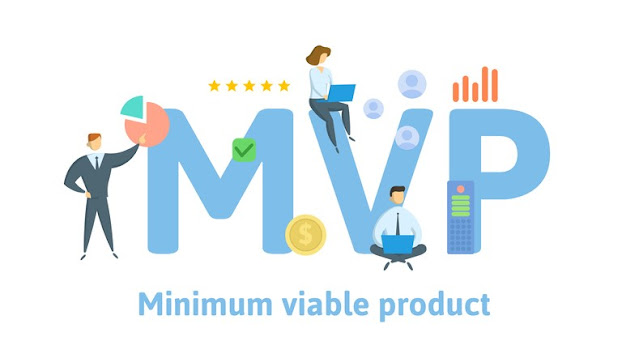MVP - Minimum Viable Product
MVP stands for Minimum Viable Product
It’s a fundamental concept in product development, especially for new businesses or ventures. An MVP is a simplified version of a product or service that includes only its core features and functionalities. It’s created with the primary purpose of testing the product idea, gathering user feedback, and validating assumptions before investing significant resources in full-scale development.
Here’s Why MVP is important for new businesses or verticals:
- Cost-Efficiency: Developing a full-scale product can be expensive and time-consuming. MVP allows businesses to save resources by building only what’s necessary to test the concept.
- Rapid Validation: MVPs can be developed quickly, allowing businesses to get their product or service in front of users sooner. This helps validate market demand and refine the offering based on real user feedback.
- Risk Mitigation: By testing the waters with an MVP, businesses can identify potential issues or flaws early in the development process, reducing the risk of investing in a product that may not meet market needs.
- Iterative Improvement: MVPs are designed for iteration. They provide a foundation upon which businesses can build and improve, incorporating user feedback and evolving the product based on actual usage.
- Market Learning: MVPs help businesses learn more about their target audience, user preferences, and market dynamics. This knowledge is invaluable for making informed decisions and pivoting if necessary.
- Competitive Advantage: Being among the first to enter a market with a viable product can provide a competitive advantage. MVPs allow for quicker market entry and adaptation to changing market conditions.
Step to MVP
Developing a Minimum Viable Product (MVP) involves several key steps to ensure its successful creation and testing. Here’s a simplified roadmap for creating an MVP:
Idea Generation and Conceptualization:
- Start by clearly defining your product idea.
- Identify the problem your product aims to solve or the need it addresses.
- Conduct market research to understand the target audience and competition.
Feature Prioritization:
- List all the potential features and functionalities of your product.
- Prioritize these features based on their importance and relevance to solving the core problem or addressing the main need.
Minimum Feature Set:
- Select only the most essential features that are critical to the MVP’s functionality.
- Keep the MVP as simple as possible while still delivering value to users.
Design and Development:
- Create a design and user interface (UI) that is user-friendly and functional.
- Develop the selected features of your MVP.
- Consider using rapid development frameworks or existing tools to expedite the process.
Testing and User Feedback:
- Launch the MVP to a limited group of early adopters or target users.
- Gather user feedback through surveys, interviews, or analytics.
- Analyze how users interact with your MVP and what improvements they suggest.
Iterate and Refine:
- Based on user feedback, iterate on your MVP. This may involve adding, modifying, or removing features.
- Continue to test and gather feedback after each iteration.
- Repeat this process until you achieve a product that resonates with users.
Scaling:
- Once you’ve refined your MVP and received positive feedback, consider scaling up.
- Scale may involve expanding the user base, adding more features, or preparing for a full product launch.
Monitoring and Data Analysis:
- After scaling, continue to monitor user behavior and gather data.
- Use data analytics to make informed decisions about future product enhancements.
Full Product Development:
- If your MVP proves successful and there is sufficient demand, proceed with full-scale development to build out the complete product with additional features.
Market Launch:
- Launch the fully developed product to a wider audience.
- Utilize marketing and sales strategies to promote the product and acquire new customers.
In summary, MVPs are essential for new businesses or verticals because they offer a cost-effective, risk-mitigating approach to product development. They enable rapid validation, learning, and adaptation, helping businesses increase their chances of success in a dynamic and competitive landscape.
For more content subscribe to this blog so that you can receive the same on regular basis or write to muneer@omcdubai.com




Comments
Post a Comment